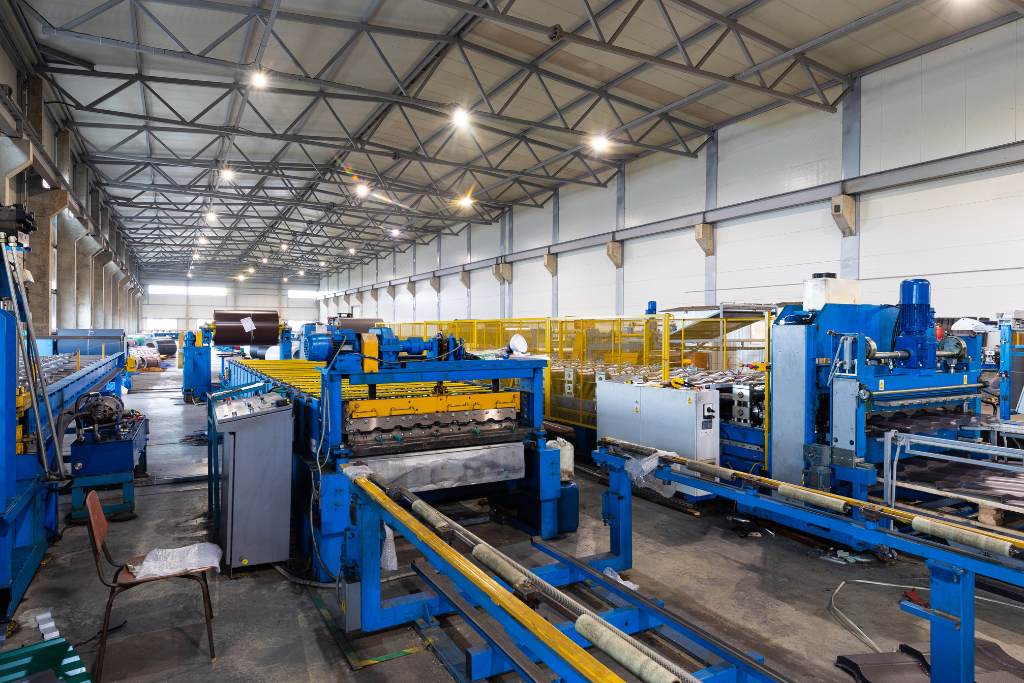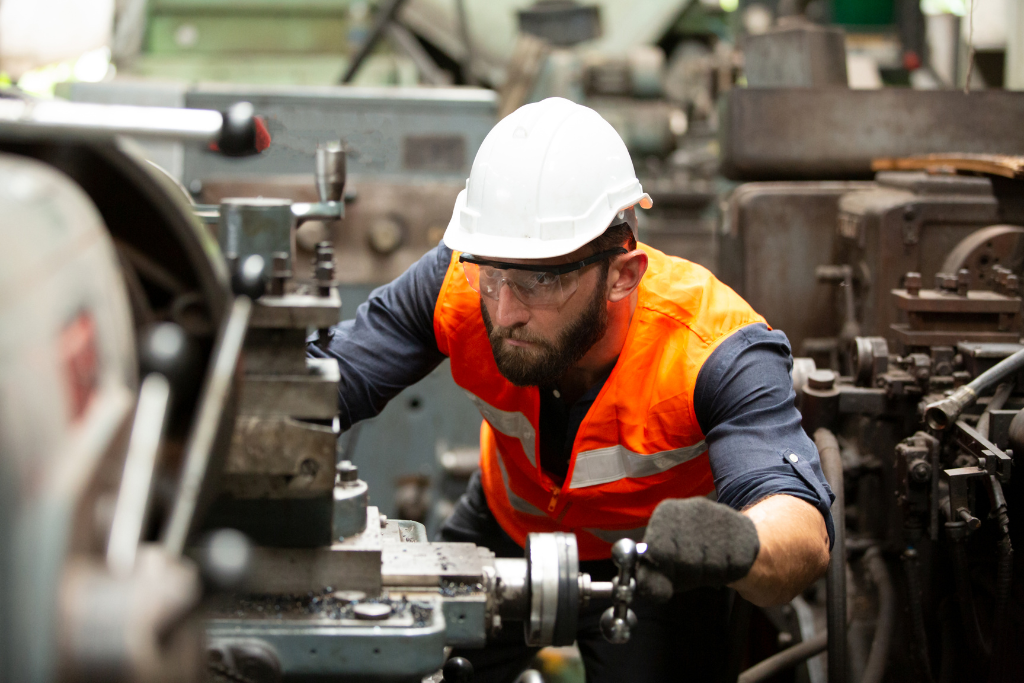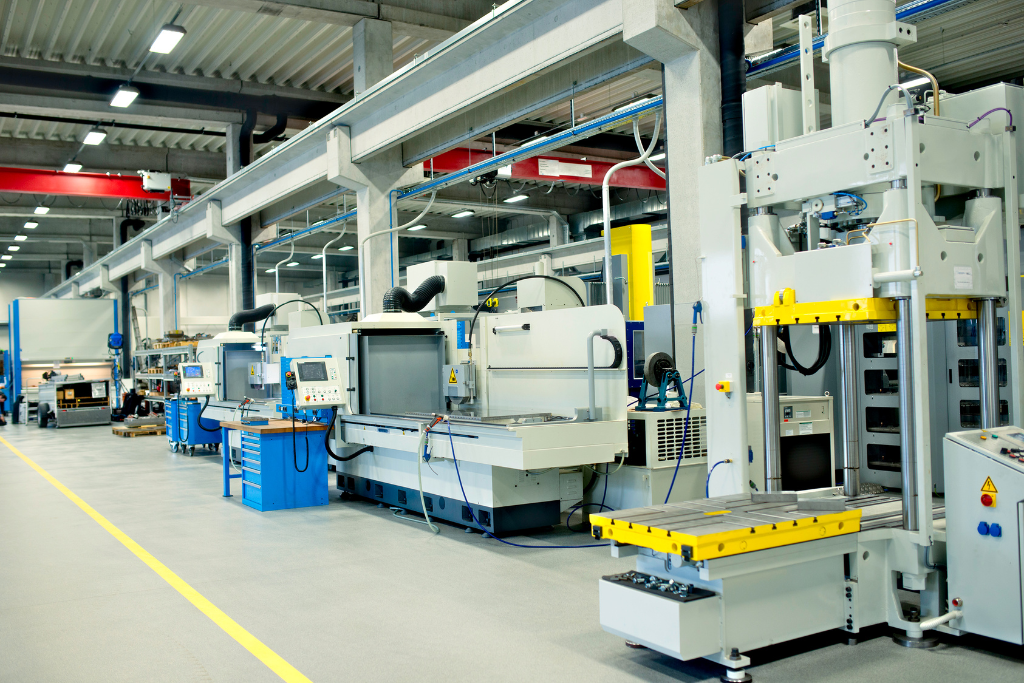Tips for Identifying Automation Opportunities in Manufacturing Plants
How to Identify Automation Opportunities at a Manufacturing Plant?
Automation has become a crucial tool in maximizing manufacturing efficiency. Manufacturing plant managers should be aware of automation opportunities that can help optimize their production processes. This blog's purpose is to provide manufacturers with insights into identifying and leveraging automation opportunities.
Streamlining Labour Needs and Increasing Efficiency
One of the most significant advantages of automation is the reduction of labour needs and the consequent increase in efficiency. Automation replaces the manual labour of human workers with machines or technologies that can perform tasks faster and more accurately. The benefits of automation include lower costs, increased production, and faster delivery times.

There are numerous examples of how automation can improve manufacturing efficiency. For example, conveyor systems can transport goods throughout the production line, while automated manufacturing equipment can assemble intricate components in a fraction of the time required by human workers. In addition, collaborative robots (also known as Cobots) can operate alongside human workers, allowing for streamlined workflows and multitasking on various projects.
If that seems overwhelming, consider that adding barfeeders, parts catchers, and in-process gauging is a level of automation that most end users consider standard accessories in today’s modern lathes. Many brands of lathes are now offering stocker or gantry loaders all controlled from the same control panel. The learning curve for staff is negligible. On the milling side, moving from a vertical machining center to a horizontal machining center offers a built-in pallet changer. Add fixturing and probing and you’ve taken the first step towards automating and better spindle utilization.
Enhancing Health and Safety Measures
Manufacturing workplaces are fraught with risks and hazards. Automation, however, can help mitigate many of these risks and enhance workplace safety. Having machines perform dangerous tasks, such as welding or heavy lifting, reduces the likelihood of injuries to workers. An added advantage is that automation ensures consistent compliance with safety standards, reducing the frequency of preventable accidents.
 Identifying and Alleviating Bottlenecks for Smoother Production
Identifying and Alleviating Bottlenecks for Smoother Production
Bottlenecks are an issue in manufacturing processes that automation can help resolve. Identifying bottlenecks is critical to optimizing production processes and improving efficiency.
Automating tasks of bottlenecks speeds up production lines and ensures constant output. By identifying bottlenecks and incorporating automation technologies, manufacturers can improve their workflows, resulting in smoother production.
Improving Quality and Consistency
Production quality and consistency can also suffer due to human error. However, automation can provide significant benefits in these areas. Machines can perform tasks with laser-like precision, minimizing margins of error. Implementing automation technologies fosters consistency and eliminates mistakes that might cause deviations from quality standards.
For instance, automated inspection systems can detect defects that human workers may not notice. Automated quality analysis enhances the accuracy of defective components, increasing overall production quality.

Conclusion
In conclusion, in today's competitive market, manufacturers should consider automation to optimize their production processes and improve efficiency. The benefits of automation in streamlining labour needs, enhancing health and safety measures, identifying bottlenecks, and improving quality and consistency are undeniable. Manufacturers must continue to identify and leverage automation opportunities to stay ahead in an ever-increasingly competitive manufacturing industry.
By embracing automation technologies, manufacturers can reduce labour and time-intensive tasks, streamline production lines, and improve the quality and consistency of products. However, successful implementation requires careful consideration of existing systems, collaboration with employees, and investment in appropriate technology. In doing so, manufacturers can increase production output while reducing production time and labour costs.
Need help getting started? Let DiPaolo Machine Tools help guide you through identifying where you can best use automation in your facility.




